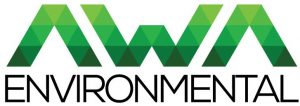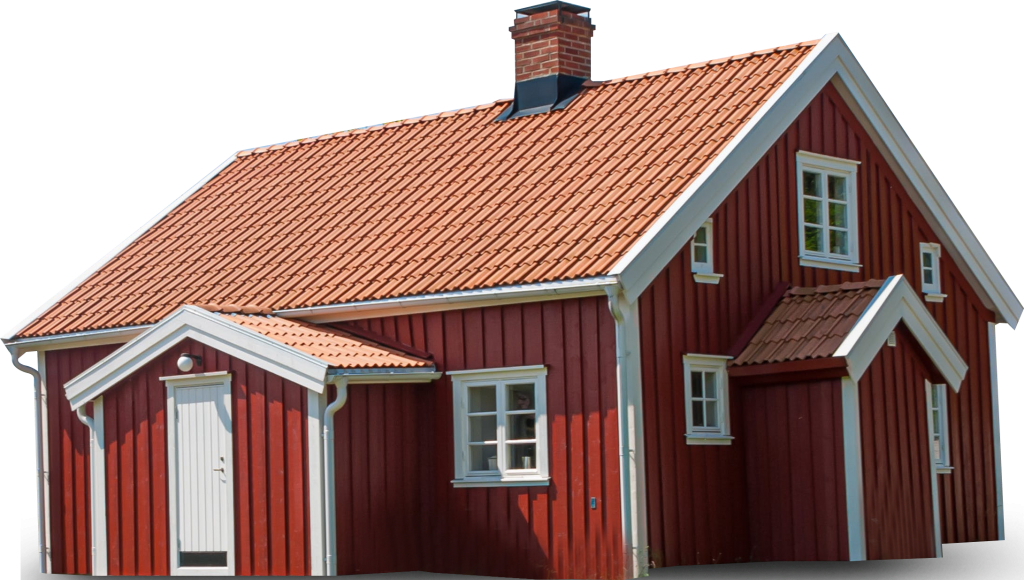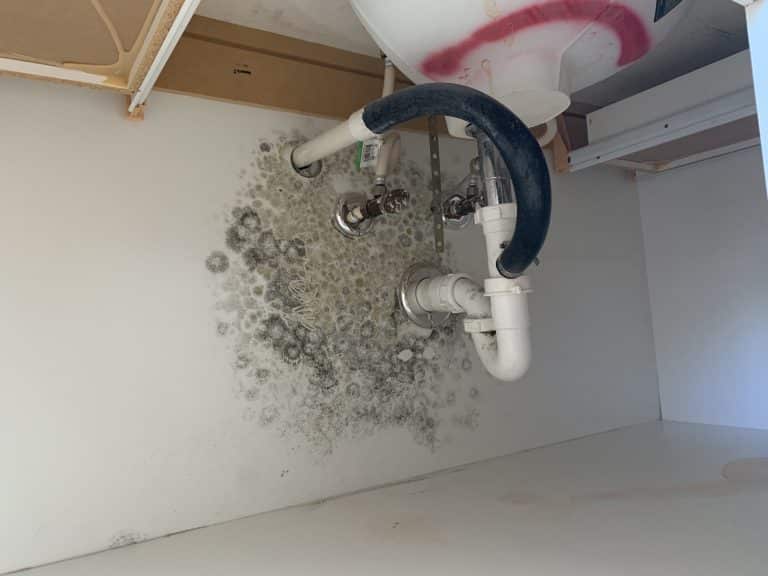We’ve all read the advertisements guaranteeing ‘100% mold removal’; did you know that completely eradicating mold is technically impossible?
Mold exists in visible and invisible forms, you can observe it in blotches and patches near damp or water damaged areas, and it exists in the form of microscopic spores in the air and in moving water all around us.
Mold begins to accumulate inside a structure when conditions are comparatively more optimal for its survival than the external climate. Essentially, mycotoxins (myco= fungus) are present in the air at all times but due to their minute size; 1 – 20 microns, are invisible to the naked eye. Thus, you can never truly remove mold completely.
Different types of fungi produce varying types of mold which usually needs three main elements to thrive: specific temperature (humid or cold), a food source and warmth.
What is mold remediation?
Remediation refers to the act of remedying a particular act, usually to try and reverse or stop its adverse environmental effects. When it comes to mold, due to its ubiquitous nature, it is not possible to remove it. Thus it is remedied over time through specific protocols.
Although mold removal is cheaper, it can cost you way more than remediation will in the long term . It is undertaken by simply by cutting out and replacing mold-riddled areas. However, we now know that it is not the mold itself that you should deal with, but its underlying reasons.
That’s where remediation comes in. This process usually follows a set protocol for the safe and effective removal and prevention of mold accumulation. The process begins with a complete inspection and assessment of the damage sustained and its extent. The inspection is more than just a look at the mold. All risky areas; including hidden water sources, are investigated for active and dormant mold levels.
If they find contamination during remediation, the area is put under quarantine and treated accordingly.
What is the proper protocol for mold remediation?
Step 1: Thinking like Mold
Since mold is everywhere, it just lies in wait for conditions to get favorable for it to set up shop- you need to ensure there are no areas in your house with a climate that will accommodate it to do so.
Water is essential for all living organisms, fungi included. Thusyou will have to locate the source of moisture in your home and tackle it.
The idea is that identifying of all sources of moisture will help prevent future mold build-up. For example, leaking pipes obstructed by walls or set underground can cause excess moisture and will help mold colonies to materialize. Knowing where and what the pipes go through, can lead you to all mold-prone areas.
Step 2: Documenting the findings
After identifying all mold areas, document your findings with pictures, writings, andeven videos if necessary. This evidence will help create an effective remediation plan based on the extent of damage documented.
This processalso helps answer questions aboutthe project such as how long it will take and whether the homeowners will need to relocate temporarily. Additionally, documentation helps when analyzing household mold patterns and trends.
Step 3: Calculating the contamination
Once you’ve identified all mold infected areas, you can figure out the cumulative level of contamination in your house. Even though mold might be the same everywhere, you can only deduce how to undertake the remediation process once you decide its impact and intensity. Doing this will help clarify what steps you need to take, and what steps you can forgo in the process.
Step 4: Remediating mold
The Environmental Protection Agency(EPA) has listed out guidelines for mold remediation in school and commercial buildings. However, it is also available in PDF format for homeowners, which they can apply for domestic use as well. Depending on your calculations, you can be dealing with 10-square feet of mold or entire walls. The former is categorized as a Level 1 contamination and ranges from 10 – 30 square feet of mold. Leave anything higher than this to the professionals.
Following the EPA’s guidelines and checklists, this mold remediation is safe for homeowners to carry out on their own. However, it is important to understand the health risks associated with the inhalation of mycotoxins – dormant or active.
The following steps help remove mold and deal with the source of the problem
- Remove all moisture and dampness
- Quarantine the contaminated area
- Suppress dust particles and possible spores by misting the air around the area
- Start to remove damaged articles, using protective gloves
- Clean away the mold with a wire brush and detergent. You can also use bleach.
- Dispose of affected articles in plastic bags with a thickness of 6-mil at least
- For Level 1: Wipe cleaned surfaces with disposable wipes
- For Level 2: Vacuum surrounding areas with HEPA vacuum and then wipe down with disposable wipes
- Area should be visibly clean and dried completely
Step 5: Post-cleanup mold inspection
Mold can visibly be removed but if the conditions for its survival prevail, the mold will too. Although this step is based on guesswork, the EPA’s guidelines can help provide a checklist to make sure you don’t ever meet your mold dilemma again! A few signs to look out for once mold has been removed:
- Keep an eye out for recurring water damage
- Check for mold build up or even its odor
- Reoccupation of home without any health complaints
Why do you need proper protocols?
From basic clean-ups to complete restructuring, when left alone, mold can have devastating effects on your house and health. Proper protocol for mold remediation helps mitigate risks such as ill-health, future mold revival and even scams.
Health risks
The most common symptoms of mold contact are allergic reactions; while inhaling mold can lead to respiratory issues and even induce asthma. Over time, exposure to mold spores can result in coughing, sneezing, and irritation in the throat and eyes.
You can also contract fungal infections which affect the digestive tract, lungs, and skin. These conditions can worsen in light of mold-induced hypersensitivity, and extreme cases cause chills, fevers, and headaches.
Different fungi will have different effects; black mold is known to cause nausea, vomiting and even bleeding in the lungs and from the nose, which is why in case if you ever spot mold, avoid touching or breathing near it, without the proper protective equipment.
Unqualified Professionals and Scams
A study has shown that even though there has been numerous research on the adverse health effects of mold, some states in the USA only require a two-week training course to certify mold inspectors and remediators.
Companies operating in regulated states must adopt third-party protocols for mold remediation, to monitor professional activity, and remove any bias or possibility of a scam.
If you have found mold in your house, you may want to begin first by assessing and calculating the damage from a safe distance before getting a quote from at least 5 different companies. Some companies may try to overcharge you or offer their services at unbelievably low prices, don’t believe them. Scammers will entice you with promises of low budget mold-remediation only to keep adding costs once the project starts.
When dealing with mold, opt for trustworthy services even if they may cost more up front. Think of it as an investment, which when done right yields a long-term value.








